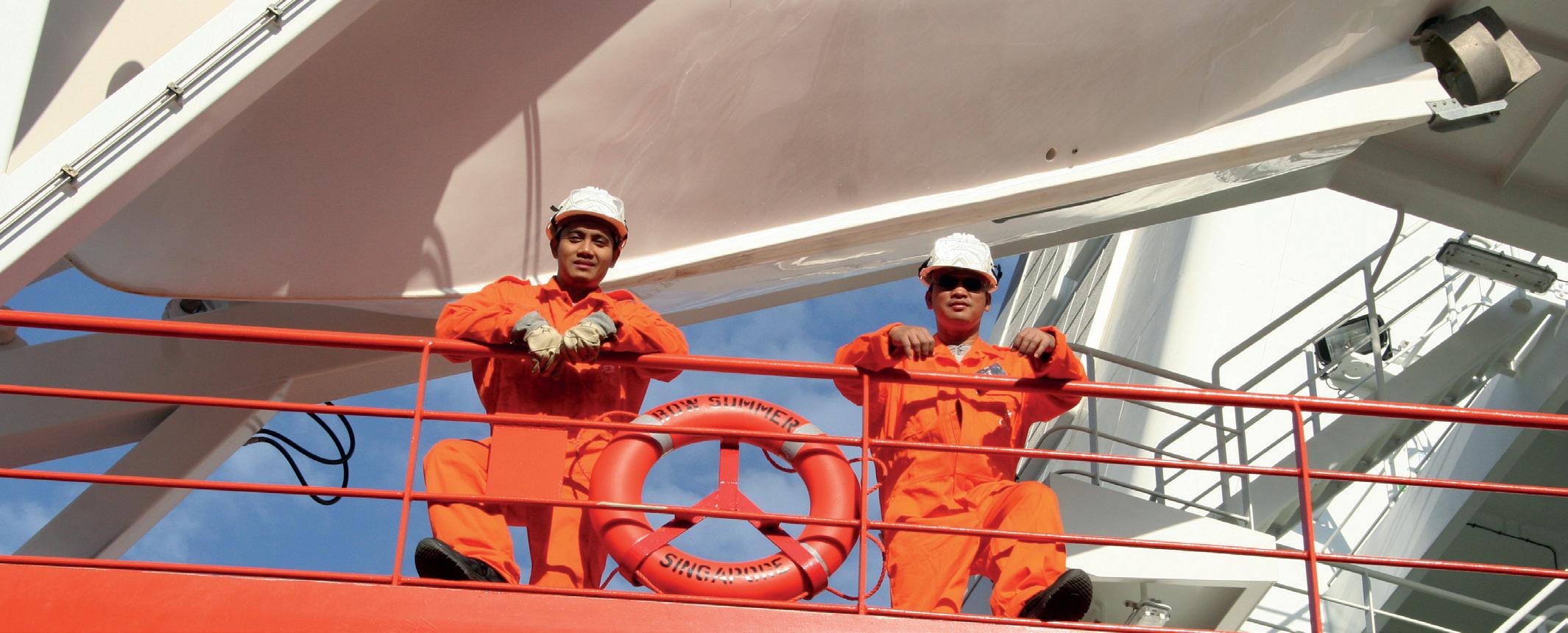
3 minute read
Tight supply helps Odfjell results
BONTEMPS ROULEZ
RESULTS • RISING DEMAND, LOW FLEET GROWTH AND SUPPLY CHAIN DISTURBANCES ARE ALL CONTRIBUTING TO A MUCH STRONGER CHEMICAL TANKER MARKET, AS ODFJELL REPORTS
ODFJELL’S FIRST QUARTER results for this year show that the long anticipated upturn in the chemical tanker sector is now upon us. With tight vessel supply, constrained by a lack of newbuilding activity and a return of swing tonnage to the healthy clean petroleum product (CPP) markets, rising demand is translating directly into higher vessel utilisation and better freight rates.
“The chemical tanker market improved considerably in the second half of the quarter, driven by strong fundamentals and also by the crisis caused by Russia’s invasion of Ukraine,” says Kristian Mørch, Odfjell’s outgoing CEO. “The chemical tanker market has tightened further and we expect to report stronger results in the second quarter.”
The strength of that improvement can most clearly be seen in the contract of affreightment (COA) market, where renewals during the quarter were done at rates 7 per cent higher, the biggest movement since the fourth quarter of 2019. Total timecharter earnings at Odfjell Tankers came in at $136m, unchanged from the previous quarter, although there were fewer ship days, largely due to the divestment of four ships; adjusted for that, earnings were up by 3 per cent on the quarter.
FAVOURABLE FUNDAMENTALS Indeed, with the sale of four ships and ongoing port congestion around the world, Odfjell Tankers carried 4.3m tonnes of cargo in the first quarter, down from 4.4m tonnes in the previous period – though higher than the 4.1m tonnes carried in the same quarter a year ago. Those factors reduced Odfjell’s activity levels in Asia and the Middle East, though the company notes that export volumes from the US continued to rise, both under COAs and on the spot market.
With the departure of swing tonnage back to the CPP market, Odfjell carried more vegoils, with rates stronger in this sector. Its exposure to the CPP market was also lower, following several quarters where it took cargoes for repositioning activities.
Odfjell has had very little direct impact from the Russia-Ukraine war; it notes that its last call at a Ukrainian port was in March 2020 and it has had very few Russian port calls in recent years, with those it did make involving fuel oil and gasoil. Odfjell makes it clear that it will not lift any Russian-related cargo during the current conflict and will not call at Russian ports.
Where the conflict has had a noticeable impact is in the vegoil market, as between them Russia and Ukraine account for almost 20 per cent of global seaborne trade, largely in sunflower oil. Other regions are stepping in to cover the shortfall, leading to higher tonne-mile demand and a consequent increase in freight rates, particularly in the Atlantic basin.
Overall, then, market fundamentals have tightened the chemical tanker market considerably. Whereas fleet utilisation has been below 90 per cent since 2011, Odfjell expects it to rise to 91 per cent this year and 95 per cent in 2023, a level not seen since 2008. Odfjell also notes that the current chemical tanker orderbook stands at just 5 per cent of the active fleet, which is below the historical average, and that rising steel prices are incentivising demolition activity; given the age profile of the active fleet, there could yet be a further increase in vessel scrapping. Fleet growth is therefore expected to continue to remain at a minimal level through to 2024.
Odfjell is, overall, confident that it will be able to record even stronger results in the second quarter. www.odfjell.com










